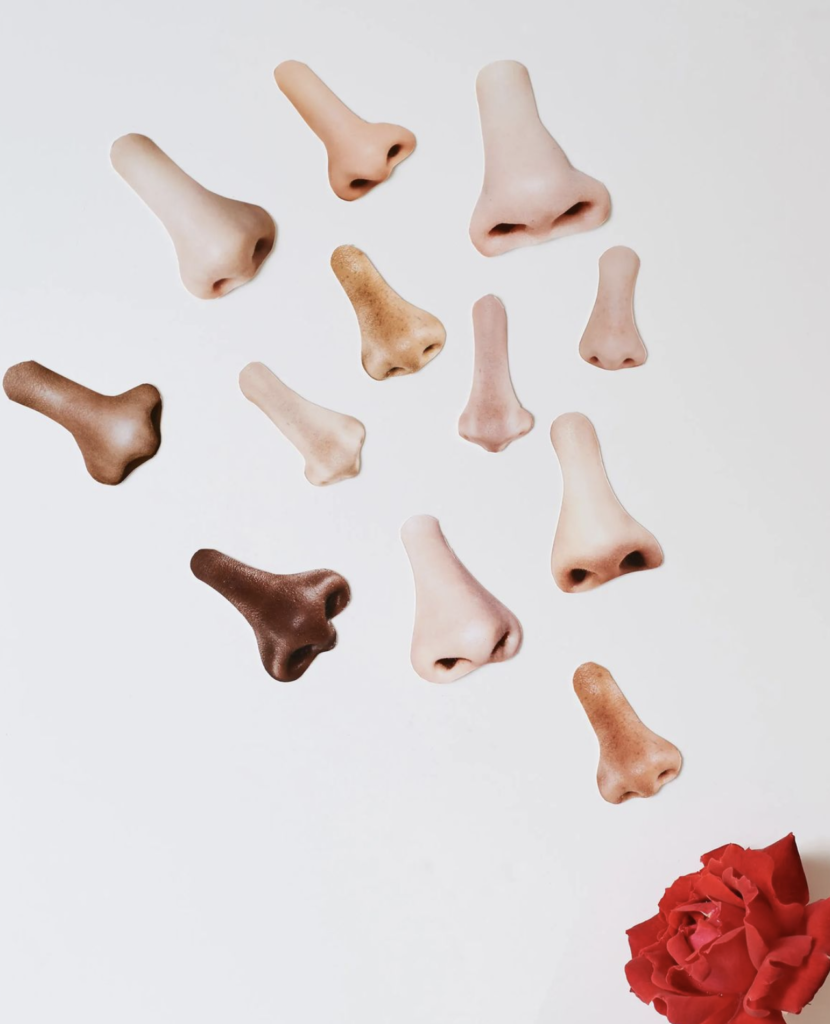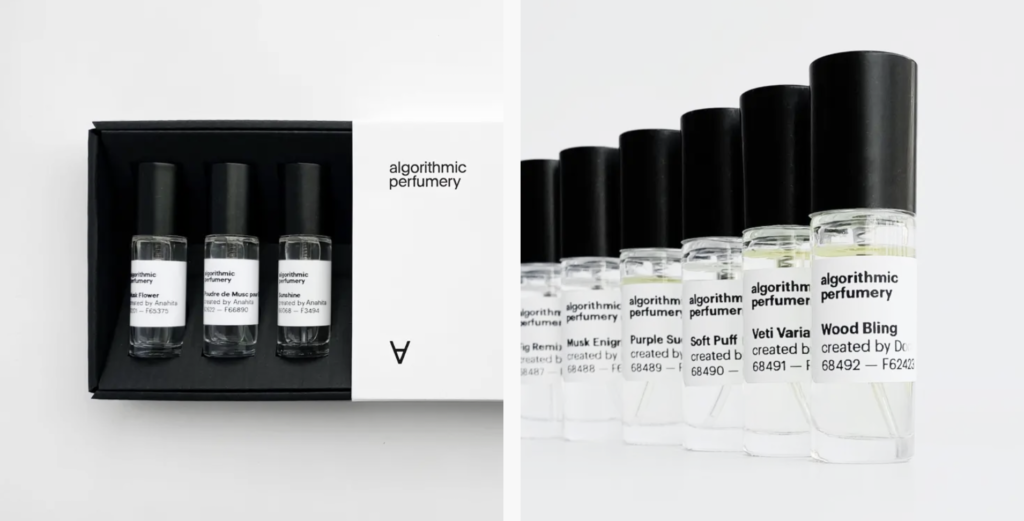The connection between scent and memory is a powerful force that shapes emotions, behaviors and purchasing decisions. In neuromarketing, brands are tapping into this invisible force to leave lasting impressions and deepen customer engagement.
Our sense of smell is linked directly to the limbic system – the emotional and memory centre of the brain – making scent a powerful storytelling tool. A well chosen fragrance doesn’t just add ambiance; it can be a differentiator in a crowded market and shape customer perception. Studies show that in-store fragrance can increase sales and shape customer perception. Research in the Journal of Marketing (2019) found that introducing a pleasant scent in store resulted in a 3% increase in sales. But it’s not just about smelling good – the specificity of a scent matters. A Journal of Retailing (2013) study also showed that customers spent more and bought more in stores with a simple orange or lemon scent than in those with complex blends like lemon-basil or no scent at all. As we’re learning more about the impact of scent, retailers are creating signature scent experiences and changing how customers engage with a brand.
Now AI is in the game and pushing the boundaries of scent innovation. AI driven technology is decoding, replicating, and predicting scent driven responses, transforming industries from fragrance design to immersive retail. But can machines really crack human’s complex sensory code? Can AI develop its own “scent memory”? As AI meets the art of scent, the cosmetics and fashion industries are on the cusp of a new scent driven era.

The Tech Evolution of the Fragrance Industry
For centuries, perfumery has been an art form, blending nature’s rarest essences with human ingenuity. The craft goes back to ancient Mesopotamia, Egypt, and China where scented oils were used in rituals and later flourished in Renaissance France, setting the stage for modern perfumery. Master perfumers, often called “noses” have since refined the art, creating iconic fragrances that define eras. For example, Anne Flipo created Lancôme’s La Vie Est Belle and YSL’s Libre, while Dominique Ropion developed Paco Rabanne’s Invictus. Clinique’s Happy and Tom Ford’s Neroli Portofino are the work of Rodrigo Flores-Roux.
Today, technology is changing the way fragrances are developed and personalized. For instance, L’Oréal partnered with the neurotechnology company Emotive to take scent selection to a new level with data. In 2023, some Yves Saint Laurent stores worldwide installed EEG headsets to measure customers ’emotional responses to different scents. Results showed 95% of customers found their perfect fragrance through this method.
Another luxury brand, Puig, collected 45 million brain scans from men aged 18-35 to develop Paco Rabanne’s Phantom fragrance and added lavender and lemon to the formula. Givenchy used biometric research to fine-tune its Very Irresistible perfume series and added a rose extract called “anti-morose” to the blend.
Tom Ford just launched Bois Pacifique, a fragrance developed with AI. The scent was created with one of the world’s largest fragrance manufacturers Givaudan’s AI tool Carto, a digital “odor value map” tool that blended ingredients to specifications. This is the first time Estée Lauder parent company has fully committed to an AI formula, a big step towards the future of fragrance innovation. The brainchild of both human expertise and AI, Bois Pacifique is expected to generate $50 million in sales in its first year.
Tom Ford isn’t the first and won’t be the last to use AI in luxury fragrances as the industry continues to marry technology with tradition.
AI’s Role in the Fragrance Industry
The latest innovation in the fragrance industry is AI and one of the key people bringing this tech to the perfume world is a perfumer. Calice Becker, the brain behind Dior’s J’Adore and President of Givaudan has pioneered AI fragrance creation. Givaudan has introduced two AI tools Carto and Myrissi to bring this tech to fragrance.
Carto can “think” through 5,000 ingredients, design new scent combinations, and produce samples instantly. In contrast, a human perfumer works with 1,000-2,000 ingredients. Tom Ford’s Bois Pacifique was created using this method.
Givaudan’s second AI tool Myrissi translates scents into colors and suggests the most emotionally resonant combinations. Using 35 years of neuroscience data and over 25,000 consumer responses from surveys and product tests, Myrissi helps brands create customized “mood boards” that connect scents to colors for branding and marketing.
Beyond Givaudan, companies like Nette, EveryHuman and NOS Emotiontech are also working on AI fragrance creation. EveryHuman uses the AI platform Algorithmic Perfumery to create three personalized perfumes for each customer based on their answers to a 20 question survey. These scents are generated from 500 billion fragrance combinations. EveryHuman has partnered with The Fragrance Shop’s London flagship store to let customers try this AI fragrance-making process.

AI Beyond Fragrance Creation
But does AI create more fragrances beyond selling more perfumes? Well, it’s clear brands use AI for efficiency but there’s also an environmental angle to consider. The EU has new regulations on classification, labelling and packaging (CLP) of chemicals in fragrances. AI can help brands develop quick alternatives to existing fragrances affected by current or upcoming regulations.
Also, AI can create substitutes for perfume ingredients that were once key to certain scents but are now endangered. By making the process more efficient AI can also help reduce unnecessary sample production and other forms of waste in the perfume industry. A tool that can analyze thousands of data points from one color or image to create a fragrance will certainly shape the future of brands.
The Future: Can AI Master Perfume Artistry?
Looking ahead, AI’s role in scent creation and branding is poised for evolution. As the tech advances, it will go from being a tool for perfumers to co-create fragrances that blend science and art.
“Long after one has forgotten what a woman wore, the memory of her perfume lingers,” said Christian Dior. So the question is: can AI truly capture the emotional depth of scent or will it always need a human to add soul to a bottle? As the lines between tech and artistry blur one thing is clear – AI has already started to change the fragrance industry. This technology will push the boundaries of creativity and sensory experience in ways we haven’t even begun to explore.